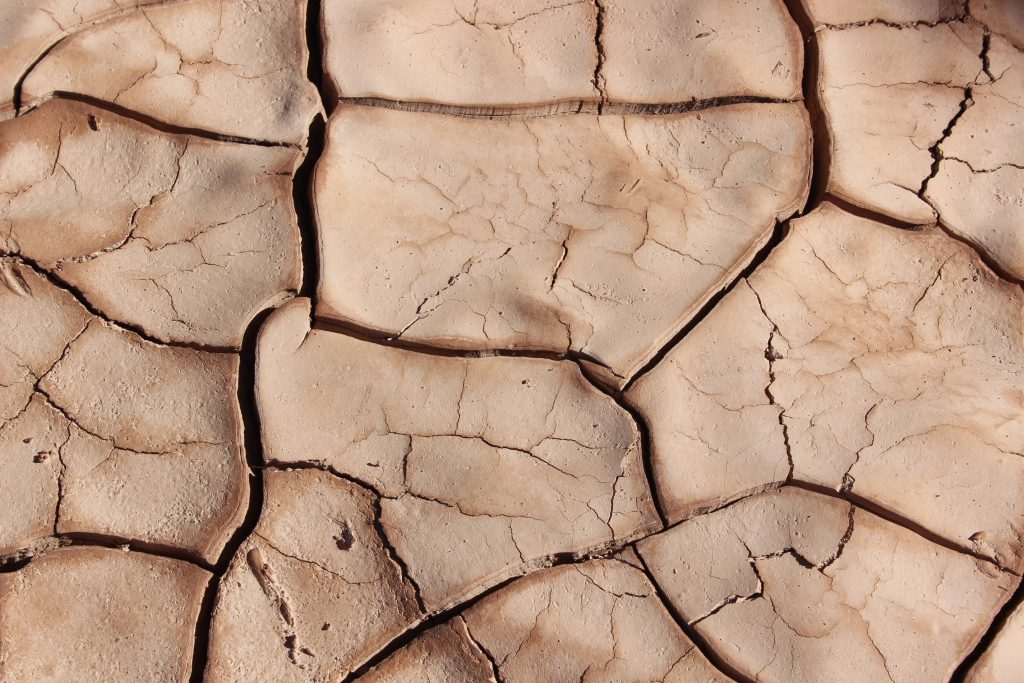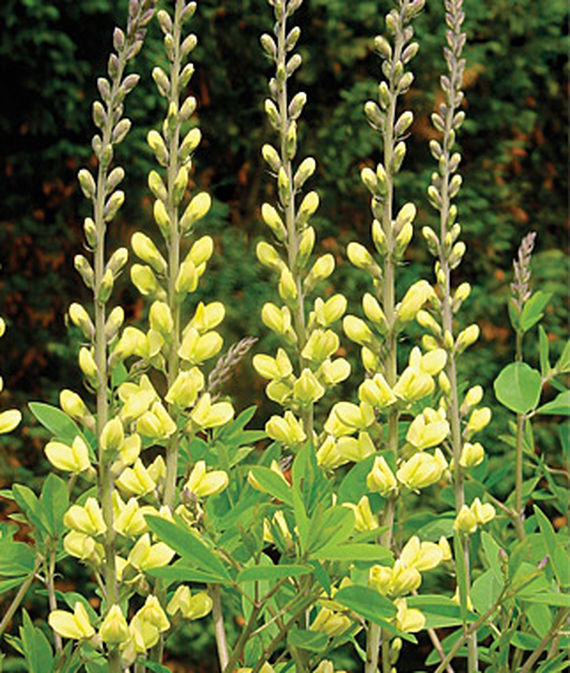How to Turn Your Soil into High Performing Soil – 3 Types of Soil You Need to Know
We all want gardens with high performing soil. Soil that is rich with nutrients so that whatever we grow will flourish. If you’ve found that your garden or lawn soil isn’t performing then maybe you have a soil problem. Having solid, organic rich loam soil is important for garden plants to thrive season after season. Now is the time to begin preparing those garden beds so that your plants, shrubs and trees perform at their best throughout Spring, Summer and into Fall season. Fertile soil rich in organic matter will reduce the need to water and feed your garden throughout the Spring and Summer.
3 TYPES OF SOIL
There are 3 basic types of soil – clay soil, sand, and loam. A quick soil test is to pick up a handful of soil and squeeze it tight. If the soil remains in a ball and is sticky, it has a high level of clay. If the soil falls apart it is light and silt or sandy soil.

CLAY SOIL – HIGH PERFORMING SOIL
Clay soil is mostly clay and silt. The particles are small and cling together which holds some water and the clay’s rich nutrients. This tight structure leads to compaction. Soil compaction retains water and nutrients while preventing the excess water from draining. The appearance of clay soil is sticky and brown in color that balls up in large size, heavy clumps. You will notice that clay soil clings to garden gloves, tools and garden boots with a slippery feel to it. It is impossible to shake loose. When working with clay soil it is extremely heavy to dig or break into.
Heavy clay soil texture hinders plant roots from reaching nutrients and moisture locked within the clay soil. And conversely clay soil that retains too much water also prevents water from draining. If water is not drained from plants, shrubs, or trees, the plant will suffer from excessive water retention. Excess water or rainfall needs to drain away from the plant, shrub or tree. To remedy this problem, add sphagnum peat moss, garden gypsum, compost or organic material to the clay soil. Mix it with the clay soil to break it down.

SANDY SOIL – HIGH PERFORMING SOIL
Sand soil has larger and coarser particles. Sandy soil is the reverse of clay soil, it drains very quickly. The result is that sandy soil does not retain any water or nutrients. Some plants such as succulent plants hold water themselves and can thrive in a sandy soil bed. Sand soil is rough and does not hold many plants or anything well at all. To remedy this, add organic material to a sandy soil to improve water and nutrient retention. However, if you live in an area with more warmer temperatures throughout the year, it might be best to utilize plants that prefer sandy soil.

LOAM SOIL – HIGH PERFORMING SOIL
Loam is a good balance of clay, silt, sand, and organic material. It is the best soil option for gardening and delivers high performing soil. Because of the organic material in loam it provides good water drainage which is essential to plant growth. Over time too much water can damage plants especially during winter months when excess water can freeze with the ground. Loam soil texture is lighter and better enables plant roots to reach and absorb both moisture and the rich nutrients of the soil. It is airy which provides oxygen, and never clumps but will retain some of its shape when loam is squeezed together. Loam soil is by far the easiest to dig and offers the greatest success for plant growth.
Maintaining organic material rich soil is best for plants, shrubs and trees. Your high performing garden soil will be better prepared to support healthy plant and root growth. Healthy plants are less likely to succumb to disease or pests since they tend to seek out weak plants first.
ONE YARD MULTIPLE SOILS
Just worth mentioning, it is possible to have clay soil in one part of your yard and good loam in another part of your lawn. You may want to repeat the quick soil test mentioned above in several places throughout your garden. Some areas of your yard especially in flower or shrub beds, soil may be more balanced than your lawn soil. Garden beds tend to have a steadier or even continuous supply of organic material than grass or lawn does. Garden beds have a period of growth in Spring continuing throughout Summer with a gradual decline in Fall. This cyclical process provides organic materials during most of the year to the garden beds with a steep decline over winter when the plants are dormant.
Sometimes lawns which can cover a far greater area than garden beds will either be neglected or given a minimal amount of fertilizer and care. Many homeowners will water their grass regularly but fertilize their grass once or twice a year at best. Adding rich organic material to your lawn and garden soil will turn your soil into high performing soil.
Interested in gardening? If you found this helpful . . .
You May Also Enjoy some of our other gardening soil related posts.
How to Make a Fertile Garden with Soil Amendments
12 Incredible Soil Conditioners: Improve Garden Soil Structure.
Let us know what you think. If you have any questions feel free to reach out to us in the comments below. We always are ready to help you out.
Mary







